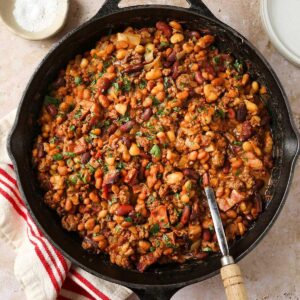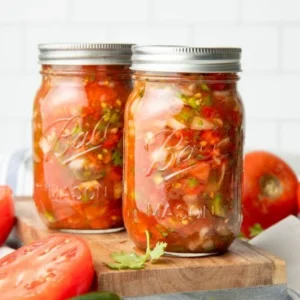Using a rice cooker may seem simple, but it’s an art that delivers consistent, fluffy rice every time. Originally popularized in East Asian kitchens, rice cookers have become a staple worldwide thanks to their convenience and versatility. Beyond white rice, these machines can cook brown rice, quinoa, porridge, and even steam vegetables—making them indispensable in both traditional and modern cooking.
The beauty of a rice cooker lies in its ability to free you from watching the stove, ensuring perfect results with minimal effort. Let’s dive into how you can make the most of this humble kitchen hero.
Ingredients
Here’s what you’ll need to cook basic white rice:
-
2 cups white rice (long-grain or short-grain)
-
2 ½ cups water (adjust depending on rice type)
-
½ teaspoon salt (optional)
-
1 teaspoon oil or butter (optional, for texture and flavor)
Substitutions:



-
For brown rice: use 2 cups rice to 3 cups water, and cook longer.
-
For jasmine or basmati: rinse thoroughly to reduce starchiness.
-
For low-sodium: omit salt or use a salt-free seasoning blend.
Step-by-Step Cooking Instructions
-
Measure and Rinse the Rice
-
Use the rice cooker’s measuring cup for accuracy.
-
Rinse rice under cold water until the water runs clear to remove excess starch.
-
-
Add Rice and Water to the Cooker
-
Use the markings inside the cooker or follow a standard 1:1.25–1:1.5 rice-to-water ratio.
-
Add salt or oil if desired.
-
-
Start Cooking
-
Close the lid securely.
-
Press the “Cook” button. It will switch to “Warm” automatically when done.
-
-
Let It Rest
-
Let the rice sit for 5–10 minutes after cooking to allow moisture to distribute evenly.
-
-
Fluff and Serve
-
Use a plastic or wooden rice paddle to fluff the rice gently.
-
Common Mistakes to Avoid:
-
Skipping the rinse: leads to gummy rice.
-
Lifting the lid during cooking: releases steam and affects texture.
-
Overfilling: can cause spillage and uneven cooking.
Pro Tips and Cooking Techniques
-
Use broth instead of water for added flavor.
-
Add aromatics (like a bay leaf, garlic, or ginger) for infused rice.
-
Keep your rice paddle wet to prevent sticking while serving.
-
Use the ‘quick soak’ method for firmer grains: soak rice for 10–15 minutes before cooking.
-
For sticky rice: opt for glutinous rice and soak it overnight.
Variations and Customizations
-
Vegetarian: Add diced vegetables, tofu, or chickpeas to the rice cooker.
-
Low-Carb: Try cauliflower rice in the steaming basket alongside main dishes.
-
Gluten-Free: All rice is naturally gluten-free, but avoid flavor packets with additives.
-
Regional Variations:
-
Thai coconut rice (add coconut milk and a bit of sugar).
-
Spanish rice (add tomato, onion, garlic, and spices).
-
Japanese sushi rice (season with rice vinegar, sugar, and salt after cooking).
-
Serving Suggestions
-
Serve in a bowl with a sprinkle of sesame seeds and chopped scallions.
-
Pair with stir-fried vegetables, grilled meat, or curry.
-
Garnish with herbs, nuts, or a splash of soy sauce for extra flavor.
Side Dishes That Pair Well:
-
Teriyaki chicken
-
Vegetable stir-fry
-
Miso soup
-
Lentil curry
Nutritional Information (Per 1 cup cooked white rice)
-
Calories: ~200
-
Protein: 4g
-
Carbohydrates: 45g
-
Fat: 0.5g
-
Fiber: 1g
-
Sodium: 0mg (without added salt)
Frequently Asked Questions (FAQs)
Q: Can I use a rice cooker for brown rice or quinoa?
A: Yes! Just adjust the water ratio and cooking time. Most modern cookers have settings for different grains.
Q: Why is my rice mushy or dry?
A: Too much water causes mushy rice; too little water or opening the lid can dry it out.
Q: How do I store and reheat leftover rice?
A: Store in an airtight container in the fridge for up to 4 days. Reheat with a sprinkle of water in the microwave or steam.
Q: Can I cook a full meal in the rice cooker?
A: Yes—use the steaming tray for vegetables or protein while the rice cooks below.
Closing Thoughts
A rice cooker isn’t just a convenience—it’s a gateway to easy, consistent, and flavorful meals. Once you master the basics, the possibilities are endless, from one-pot meals to international dishes.
Give it a try and experiment with your favorite ingredients. Share your creations or ask questions—cooking is better when it’s shared!



